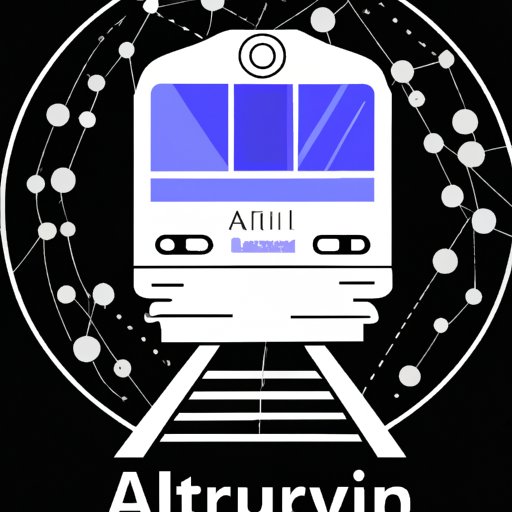Introduction
Artificial intelligence (AI) systems are becoming increasingly prevalent in our lives. From providing assistance with everyday tasks to revolutionizing medical diagnosis and treatment, AI is transforming our world. But what does it take to create an AI system? In this article, we’ll explore how to make an AI system, from outlining the process of developing and training an AI system to deploying it and identifying resources to help you along the way.

Overview of the Benefits of an AI System
AI systems offer many benefits. For example, they can automate processes, reduce operational costs, and increase efficiency. According to a study by McKinsey Global Institute, “AI has the potential to generate economic activity of up to $13 trillion annually by 2030 across nine business functions.” AI systems can also improve customer service and engagement, as well as provide insights into customer behavior. Additionally, AI can be used to identify patterns, forecast trends, and provide data-driven recommendations.
Summary of the Fundamental Components of an AI System
In order to create an AI system, you need to understand its fundamental components. An AI system consists of three main parts: hardware, software, and data. The hardware component refers to the physical components of the system, such as processors, memory, and storage. The software component includes the algorithms and code that power the system. Finally, the data component includes the data sets used to train the system.
Developing an AI System
Outlining the Process of Developing an AI System
The first step in creating an AI system is to outline the development process. This involves understanding the objectives of the system, defining the problem to be solved, researching existing solutions, and determining the best approach for solving the problem. It is important to have a clear understanding of the requirements before beginning development.
Explaining How to Train an AI System
Once the development process is outlined, the next step is to train the AI system. Training involves providing the system with input data and teaching it how to interpret and analyze the data. This is done through supervised learning, which involves providing the system with labeled examples of data so it can learn to recognize patterns and classify data. Unsupervised learning is another approach to training an AI system, which involves allowing the system to identify patterns in data without any human input.
Deploying an AI System
Discussing Strategies for Deploying an AI System
Once the AI system is developed and trained, it needs to be deployed. This involves setting up the necessary infrastructure and making sure the system is secure and reliable. There are several strategies for deploying an AI system, such as using cloud computing, edge computing, or hybrid architectures. It is important to carefully evaluate the different options and select the approach that best meets your needs.
Identifying Resources to Help with Deployment
Finally, there are a number of resources available to help with AI system deployment. For example, there are open source frameworks and libraries, such as TensorFlow, that can be used to build and deploy AI systems. Additionally, there are various online courses and tutorials that can provide guidance on how to deploy an AI system. Professional services can also be hired to assist with the process.
Conclusion
Creating an AI system requires an understanding of the fundamentals, including hardware, software, and data. The process of developing an AI system involves outlining the development process, training the system, and deploying it. Various resources are available to help with each step of the process. By following these steps, you can create an AI system that can provide numerous benefits for your organization.
(Note: Is this article not meeting your expectations? Do you have knowledge or insights to share? Unlock new opportunities and expand your reach by joining our authors team. Click Registration to join us and share your expertise with our readers.)
